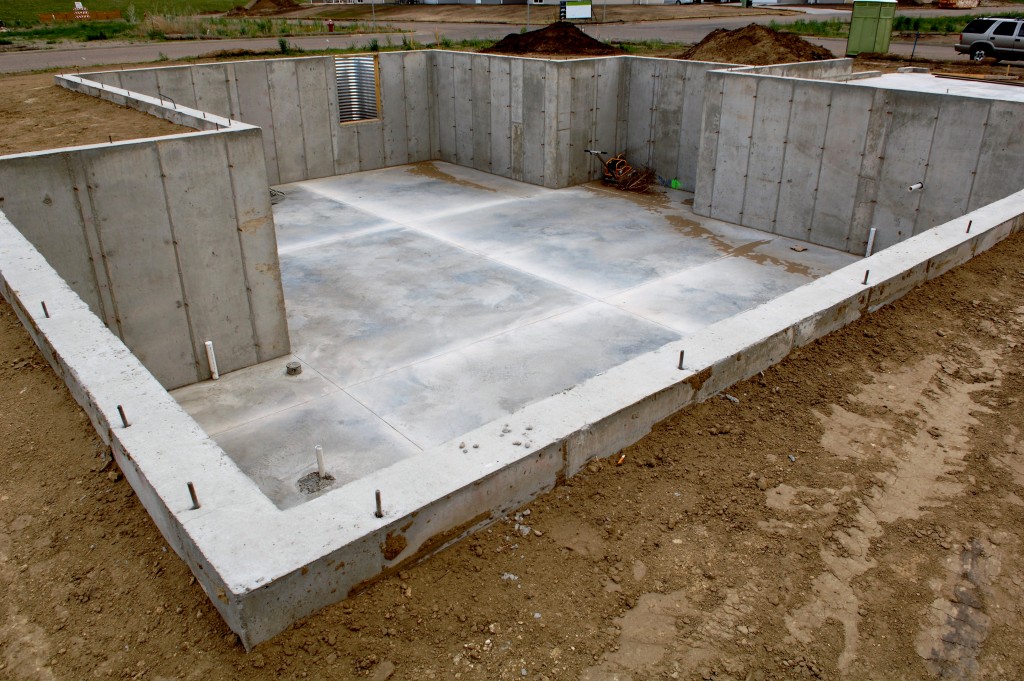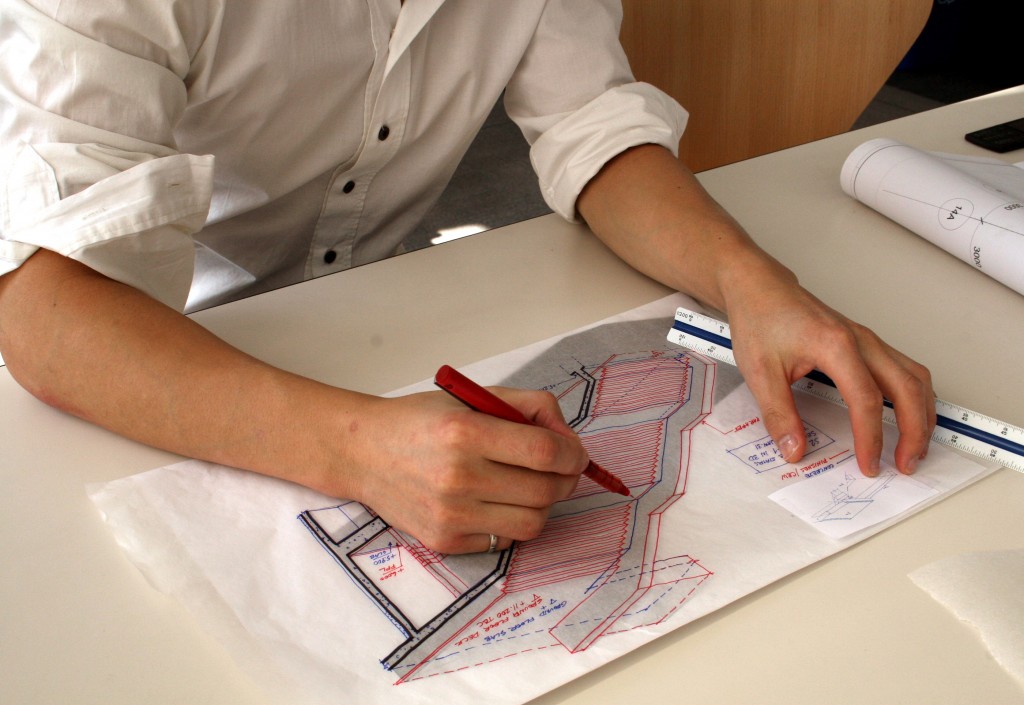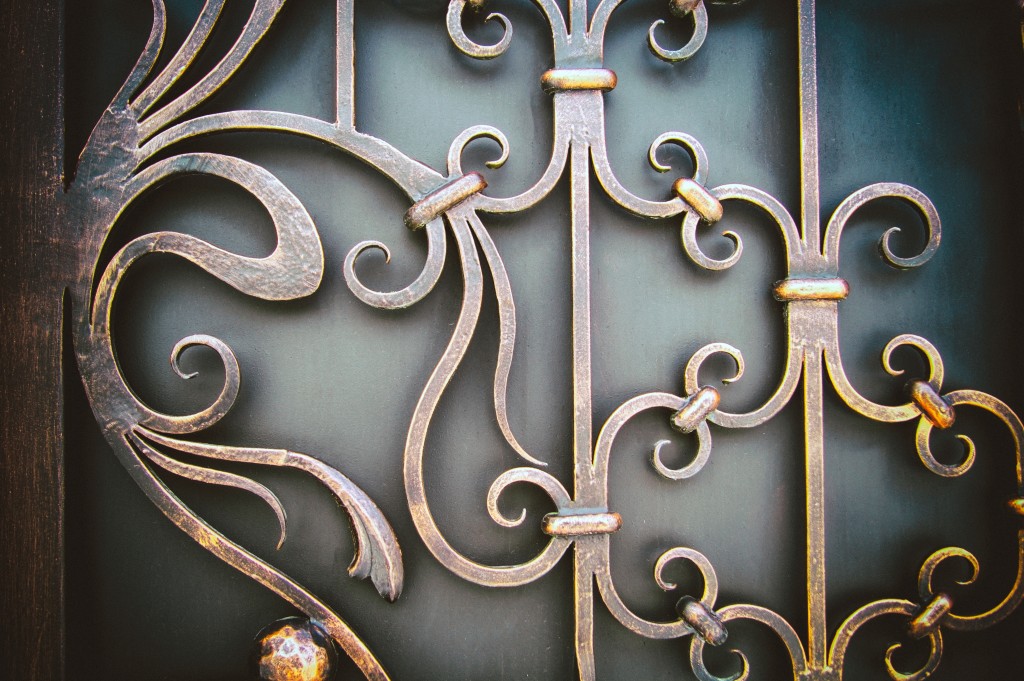Are you mesmerized by the sight of buildings or large structures? Do you have the knack of drawing geometrical shapes but in a more creative way? If you say yes to all of those, then you must have the potential to be an architect in the future. It is a great profession, but it has its challenges, too. It is not enough to have a vision of what your structure would look like. You also have to consider how viable it could be to create it in the real world, with all the scientific aspects applied to it. What that means is that even if you have something that looks sleek and beautiful, you have to also understand if it is a design that could work with the Earth’s physics. So you cannot just build something tall without considering its level of stability, or use materials without thinking of how they would react to the changing weather. You have to closely work with a general contractor to keep tabs on those and their costs.
If you have that way of thinking, you should be well on your way to becoming an architect. On your journey, this is what your starter kit should look like.
What Does Being an Architect Entail?
Being an architect means you have a vision that is a mix of creativity and logic. The former will let your mind go wild, thinking about where you can insert the right curves, edges, or textures in your design. But it is the latter that will force you to encapsulate that into something more specific and possible in real life. The magic comes in realizing both, and that is how some of the world’s architectural landmarks are made. A great example of this is the Guggenheim Museum in Spain. The building’s curves resemble a giant clump of silver ribbon, which is totally different from the usual boxy or angular forms you are so used to seeing. It is daring, yet it was a project that was pulled off perfectly.
If you are dreaming about having a few iconic structures to your name, you need to have a balance between your left and right brain. In other words, you need to be crazy and sane at the same time.
Tools of the Trade
If you are comfortable with freehand drawing, your skills will be put to good use is you take up architecture. That said, you will have to make a few adjustments and learn some new skills in the process. Drawing using your instinct or feelings is great when you plan to do artistic works, but you need some precision tools when you imagine structures. You will be creating images from different perspectives, so you need to arm yourself with a set of rulers. A drafting triangle that has 30 and 60-degree angles is used for crafting isometric figures. Suppose you want to show that in other perspectives, you should have a T-square to guide you along the way. All of this would be meaningless if you are not in a comfortable position, so you should have a nice drafting table coupled with a lamp so you can maintain good posture while you are working.
You also have to let your hand learn how to handle different pencil grades, with H signifying hardness and B for blackness. These are used, so you have an organized approach to drawing. There are many to choose from, but you can get by with just a few of them for your purpose. The hard leads produce light lines, with the grades ranging from H to 9H, the latter being the hardest of them all. They are perfect for preliminary sketches, where you are just trying to feel your way into how your design is going to be. Once you get past that and see a form emerging from your work, you can use the darker leads. They range from HB to 9B. The former is a good balance between having a graphite tip that is tough enough, while the latter could produce very dark lines at the expense of being easy to disintegrate.
Once you have done your pencil work, you can opt to make an inked finish. For this, you have to use a technical pen. This is totally different from the ballpoint types that you often use for writing. It has an ink tank that you can refill, and it also has a delicate mechanism for releasing that onto paper, so you have to be careful with your strokes. This is also the main reason why they have a hard screw-on top cover. Technical pens have grades too, but unlike pencils, they represent the thickness of the tip.
Software Tools

As with many things in the world today, there is a software counterpart to making designs. This is generally known as CAD software, with the acronym standing for computer-aided design. Drawing by hand allows you to realize your vision on paper instantly. With CAD, though, you can build your work one line at a time, but it would be to exact specifications. It will take longer, but the benefits of using a program like this are unmistakable. When you are done with your structure, you have created a fairly good representation of the building in a three-dimensional space. From here on, you can apply textures to make it realistic, and you can view it from virtually any angle you can imagine.
Design Sensibilities
Architecture has existed for a long time, which means you have many design sensibilities you can draw from. For your creation, you can choose to have one or a mix of these. Here are some of the most enduring styles that you can cull ideas from:
- Gothic – Gothic architecture is well-known for its ogival arches and spires with sharp, angular tops. This is a style that is implemented well in many castles and cathedrals.
- Modern – Minimal lines and curves. You can say that this is a no-nonsense approach to design, and yet it is also perfectly functional.
- Greek – You can see designs inspired by this style in houses that showcase outdoor pillars and ornate fences.
Do you think you have what it takes to be an architect? Then go ahead and get the right gear and start drawing up some designs. Who knows? One of those could become a future landmark that the world will recognize.



